Elevate your culinary skills and transform your dishes with the magical art of spice usage in cooking. From enhancing flavors to adding health benefits, spices are a cornerstone of global cuisine. Whether you’re a seasoned chef or a home cook, understanding how to harness the power of spices can take your meals to the next level. In this comprehensive guide, we’ll explore everything you need to know about spice usage, from measuring quantities to storing them properly. Discover the essential spices every kitchen should have, learn how to incorporate them into everyday dishes, and dive into regional spice preferences. With expert tips and practical guides, this article is designed to answer all your cooking questions and provide actionable advice. Whether you’re curious about creating perfect spice combinations or mastering the art of measurement, this guide is here to help you become a spice usage pro. Let’s embark on a journey to unlock the secrets of spices and revolutionize your cooking experience!
Key Takeaways
- Meat and Poultry: Use paprika for Hungarian dishes and BBQ, cumin for Mexican and Mediterranean cooking, thyme for roasts and soups, oregano for Italian and Greek meals, garlic for almost any savory dish, and chili flakes or powder for spicy options.
- Vegetables: Enhance flavor with garlic in stir-fries and roasted veggies, add depth using onion powder in soups, pair rosemary with roasted potatoes and lamb, thyme with chicken and beans, basil in tomato sauces, chives in eggs, and chili flakes for pizzas.
- Pasta and Grains: Opt for oregano in Italian pasta dishes, basil for Caprese salad and pesto, garlic for pasta primavera, black pepper for most dishes, salt for seasoning, and parmesan for a cheesy touch.
- International Cuisines: Explore Middle Eastern spices like sumac and za’atar, Indian options including turmeric and garam masala, Chinese five-spice powder and soy sauce, Thai chili and lemongrass, and Japanese wasabi and miso.
- Baking and Desserts: Add cinnamon to sweet desserts and coffee, use nutmeg for holiday baking, allspice in apple pies, vanilla extract for cakes, and coffee for/espresso.
- Essential Spices: Keep salt, black pepper, garlic, olive oil, lemon juice, bay leaves, paprika, cinnamon, oregano, thyme, chili powder, and fennel seeds on hand for versatile cooking.
- American Cuisine: Don’t miss chili powder in tacos, cinnamon in apple pie, and salt/pepper for everyday meals, reflecting diverse culinary influences.
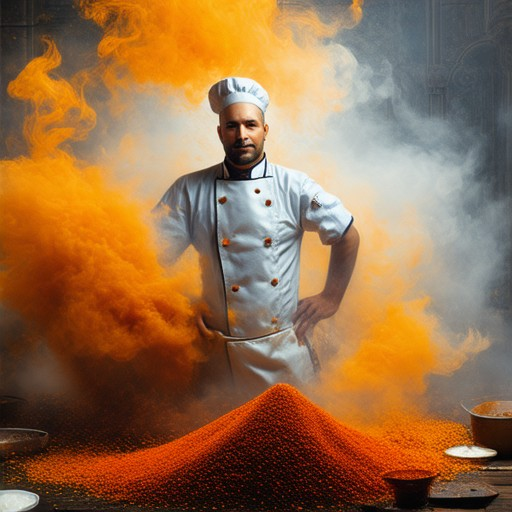
How to Use Spices in Cooking
We believe that spices are the heart of countless dishes, transforming simple ingredients into flavorful masterpieces. Here’s a guide to using spices effectively in your cooking:
- Toasting Spices: Enhance the aroma and flavor by lightly toasting spices in a dry pan or skillet. This process activates the essential oils, releasing their fragrance and maximizing their taste.
- Blending Spices: Create custom spice blends by combining complementary flavors. Try mixing cumin, paprika, and oregano for a robust seasoning mix perfect for grilled meats.
- Sautéing Spices: Heat spices in oil or butter before adding ingredients to infuse their flavors. This technique works well in dishes like curries and stir-fries.
- AddDirectly to Dishes: Sprinkle spices directly onto salads, soups, or main courses for an immediate burst of flavor. Use a pinch of red pepper flakes for a spicy kick or a teaspoon of cinnamon for a warm finish.
- Marinating with Spices: Create marinades by combining spices with acids like lemon juice or vinegar. This allows the spices to penetrate ingredients, enhancing their texture and taste.
- Infusing Oils and Vinegars: Immerse spices in warm oil or vinegar to create infused liquids. These can be used as finishing touches or flavor enhancers for dishes.
Spice Storage Tips
Store spices in airtight containers in cool, dark places to preserve their potency. Proper storage extends their shelf life and maintains their quality.
Spice Combinations to Remember
Experiment with these popular combinations:
- Curry powder, turmeric, and coriander for Indian dishes
- Oregano, basil, and thyme for Italian and Mediterranean cuisine
- Chili powder, cayenne, and garlic for bold Latin-inspired recipes
By incorporating these techniques and tips into your cooking, you’ll unlock the full potential of spices and elevate your dishes to new heights.
How to Determine the Right Amount of Spice
Determining the perfect amount of spice for your dish can seem challenging, but with a few simple tips, you can find the ideal balance. Here’s a guide to help you navigate the world of spices:
- Start Small:** Begin with a conservative amount of spice, such as a pinch or a teaspoon, depending on the recipe’s instructions. This allows you to adjust based on your taste preferences.
- Taste as You Go:** Before fully committing to the spice quantity, taste a small portion of the dish. This helps you gauge whether the spice level is too mild, too strong, or just right.
- Consider Spice Intensity:** Different spices vary in heat and flavor profile. For instance, chili peppers are intense, while cayenne offers a milder kick. Adjust the amount based on the spice’s intensity.
- Balance Flavor:** Remember, the goal is to enhance the dish, not overwhelm it. Balance the spice with other flavors like herbs, citrus, or sweet elements to create a harmonious taste.
- Cooking Method Matters:** The way you prepare the dish can influence how spices contribute to the flavor. Sautéing or roasting often brings out spices’ essence, allowing you to use less.
- Know Your Cuisine:** Different cuisines use spices differently. For example, Indian dishes may require multiple spices, while Mexican cuisine often relies on bold, concentrated flavors.
- Experiment and Adjust:** Don’t hesitate to adjust the spice quantity as you cook. If the dish seems too bland, add a bit more. If it’s too spicy, consider reducing the amount next time.
By starting with a small amount, tasting as you go, and considering factors like spice intensity and cooking methods, you can find the perfect spice level for your dish. Remember, cooking is a process, and it’s okay to make adjustments along the way!
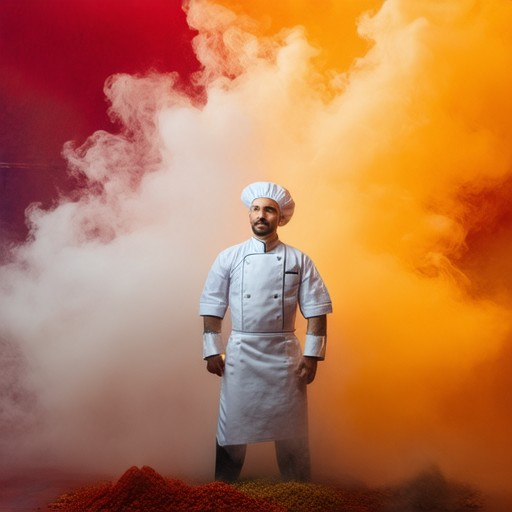
Should I Throw Out Old Spices?
To determine whether your old spices are still usable, consider the following:
- Smell Test:** If a spice lacks a strong aroma or has an unpleasant odor, it’s best discarded.
- Color Change:** Discoloration, such as fading or graying, signals spoilage.
- Taste Test:** Weak or bitter flavors indicate the spice has degraded.
- Container Condition:** Check for cracks or damage, which can lead to contamination.
- Storage Factors:** Proper storage in a cool, dark place can extend shelf life.
- Purchase Date:** Estimating when you acquired the spices helps gauge their freshness.
- Rotation System:** Regularly rotate spices to use older ones first and replenish with new ones.
For optimal kitchen management, store spices in airtight containers and monitor their condition regularly. By following these guidelines, you can efficiently determine which spices to keep and which to discard, ensuring your culinary creations remain flavorful and safe.

What Spices to Use for Different Foods
The right spices can transform a simple dish into a flavorful masterpiece. Here’s a guide to pairing spices with various foods:
- Meats:
- Paprika – Hungarian cuisine, BBQ dishes
- Cumin – Mexican, Middle Eastern, and Mediterranean cooking
- Thyme – Roasted meats, soups
- Oregano – Italian, Mexican, and Greek dishes
- Garlic – Almost any savory dish
- Chili flakes or powder – Spicy dishes worldwide
- Vegetables:
- Garlic – Enhances flavor in stir-fries, roasted veggies
- Onion powder – Adds depth to soups, stews
- Rosemary – Ideal for roasted potatoes, lamb
- Thyme – Pairing with chicken, beans
- Basil – Classic in tomato-based sauces, pasta
- Chives – Great for eggs, potato dishes
- Chili flakes – Adds heat to pizzas, pastas
- Pasta and Grains:
- Oregano – Italian pasta dishes
- Basil – Fresh for Caprese salad, pesto
- Garlic – Perfect for pasta primavera
- Black pepper – Essential for most dishes
- Salt – Basic seasoning
- Parmesan cheese – For a cheesy, savory touch
- International Cuisines:
- Middle Eastern: Sumac, za’atar, tahini
- Indian: Turmeric, cumin, coriander, garam masala
- Chinese: Five-spice powder, soy sauce
- Thai: Chili, lemongrass, curry paste
- Japanese: Wasabi, miso, shichimi
- Baking and Desserts:
- Cinnamon – Sweet desserts, coffee
- Nutmeg – Holiday baking, eggnog
- Allspice – Apple pies, mulled wine
- Vanilla extract – Cakes, custards
- Coffee – Espresso, lattes
Experiment with these spices to discover new flavor combinations and elevate your cooking to the next level!
Essential Spices Every Kitchen Should Have
Having the right spices on hand can transform your cooking, making meals more flavorful and versatile. Here’s a list of the 12 essential spices that every kitchen should have:
- Salt
- Black pepper
- Garlic
- Olive oil
- Lemon juice
- Bay leaves
- Paprika
- Cinnamon
- Oregano
- Thyme
- Chili powder
- Fennel seeds
These spices cover a wide range of flavors and are used in various cuisines around the world. From classic Mediterranean dishes to Asian-inspired meals, having these spices in your pantry will allow you to experiment and create delicious recipes effortlessly.
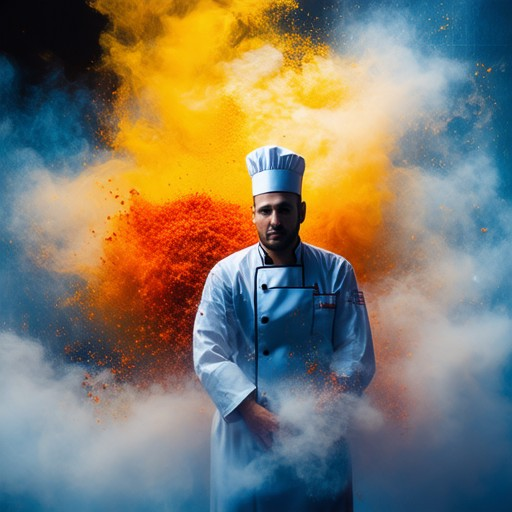
Commonly Used Spices in American Cuisine
Here are three spices that are frequently used in American cuisine:
- Chili Powder : A staple in many American dishes, particularly those with Mexican influence, like tacos and chili con carne.
- Cinnamon : Often used in sweet treats like apple pie and in savory dishes such as Cincinnati chili.
- Salt and Pepper : Essential seasonings for almost every meal, enhancing flavors in everything from grilled meats to roasted vegetables.
These spices contribute to the rich and varied flavors found in American cooking, reflecting influences from various cultural traditions.

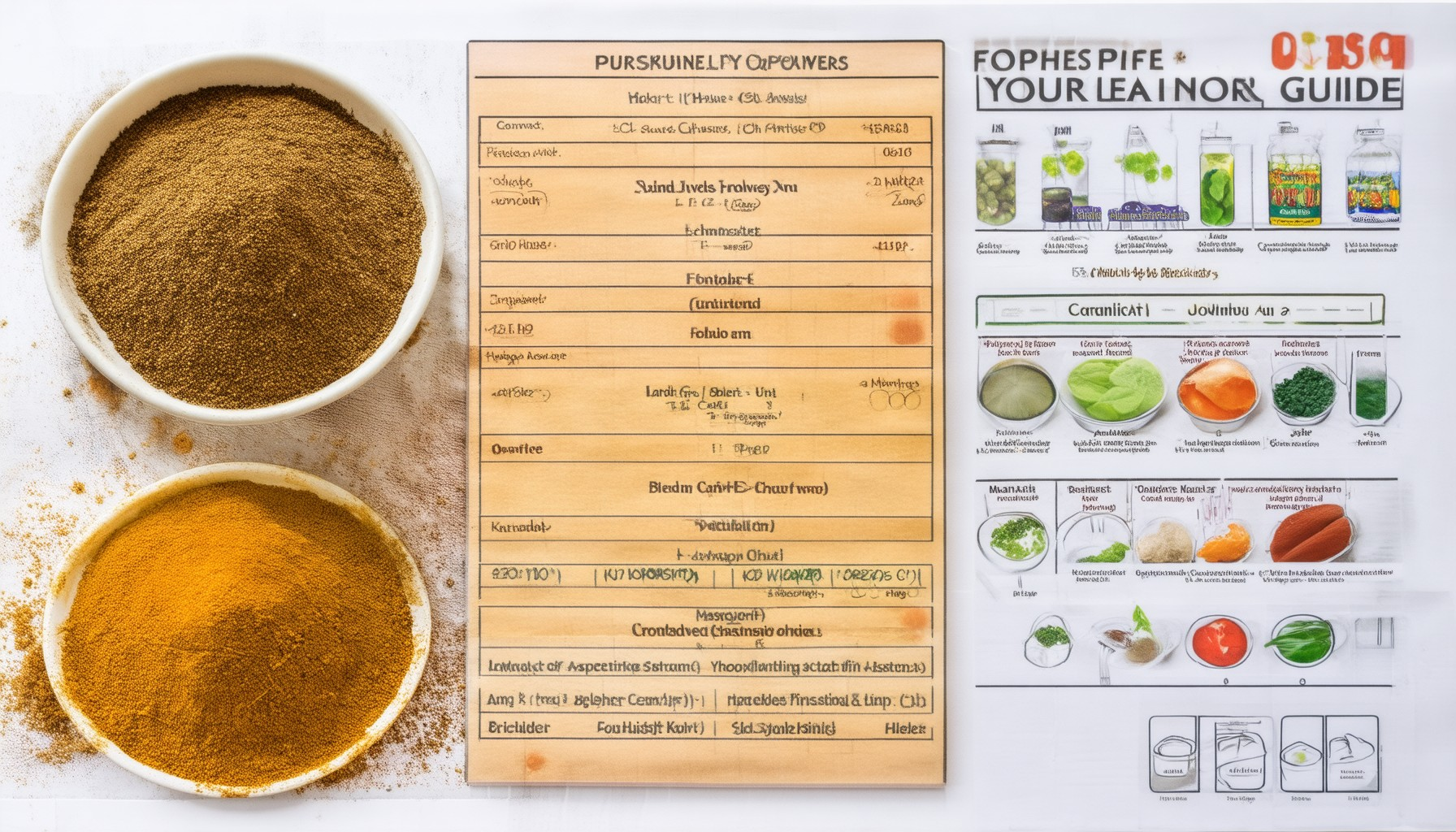
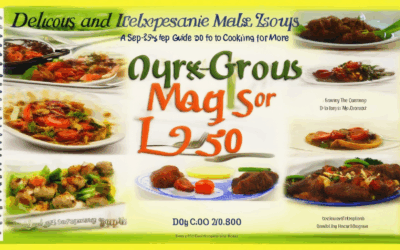
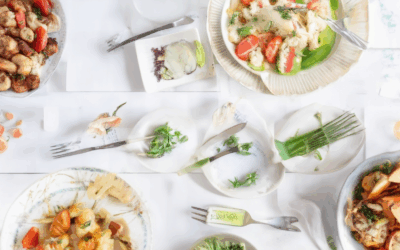

0 Comments